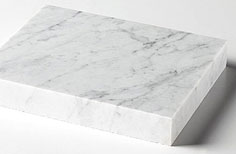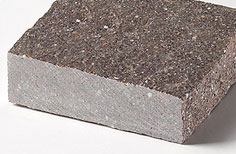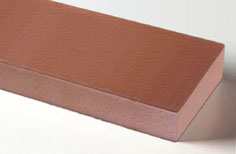In the Construction sector and the Stone materials classified into four families according to their ability to be worked: hard, abrasive, limestone and ceramic.
The HARD materials
Hard materials oppose the maximum cut resistance, have the characteristic of exercise high impact, but low tool wear that works.
The ABRASIVE materials
oppose medium cut resistance, have the characteristic of exercise medium impact, but with a special friction and tool wear that works.
The LIMESTONE materials
oppose low cut resistance, have the characteristic of exerting a low impact and friction, and hence little wear to the tool that works.
The CERAMIC materials
can be hard, abrasive or even soft, depending on the components and the degree of cooking.
When we speak of a blade for General Work o Use Universal we comprising either type of prior materials. It is therefore very important that for good maintenance brightening and consumption blade General Work be due to alternate work hard and abrasive materials
| HARD MATERIALS |
ABRASIVE MATERIALS | LIMESTONE AND PLASTIC MATERIALS |
CERAMIC MATERIALS |
||||||||
| • Granite • Klinker • Rustic stoneware • High aluminium oxide refractory • Quartzite • Porphyry • Hard facing brick |
• Concrete • Reinforced concrete • Sandstone • Terrazzo Siliceous • Low aluminium oxide refractory • Brick, Roof tile • Abrasive facing brick • Joist |
• Marble • Limestones (Tuff, ...) • Polyester |
• Ceramic • Double firing ceramic • Porcelain • Ceramic compounds |
| Materials | |||
|---|---|---|---|
 |
 |
 |
 |
|
JOIST
|
BRICK
|
MATERIAL COMPOUNDS
|
REFRACTORY
|
 |
 |
 |
 |
|
MARBLE |
FACING BRICK | RUSTIC STONEWARE | CERAMIC |
 |
 |
 |
 |
|
GRANITE
|
ASPHALT
|
CONCRETE BLOCK
|
PORCELAIN
|
 |
 |
 |
 |
|
LIMESTONE
|
HARD STONES
|
PVC
|
KLINKER
|
 |
 |
 |
 |
|
ROOF TILE
|
TERRAZZO
|
SANDSTONE
|
REINFORCED CONCRETE
|



